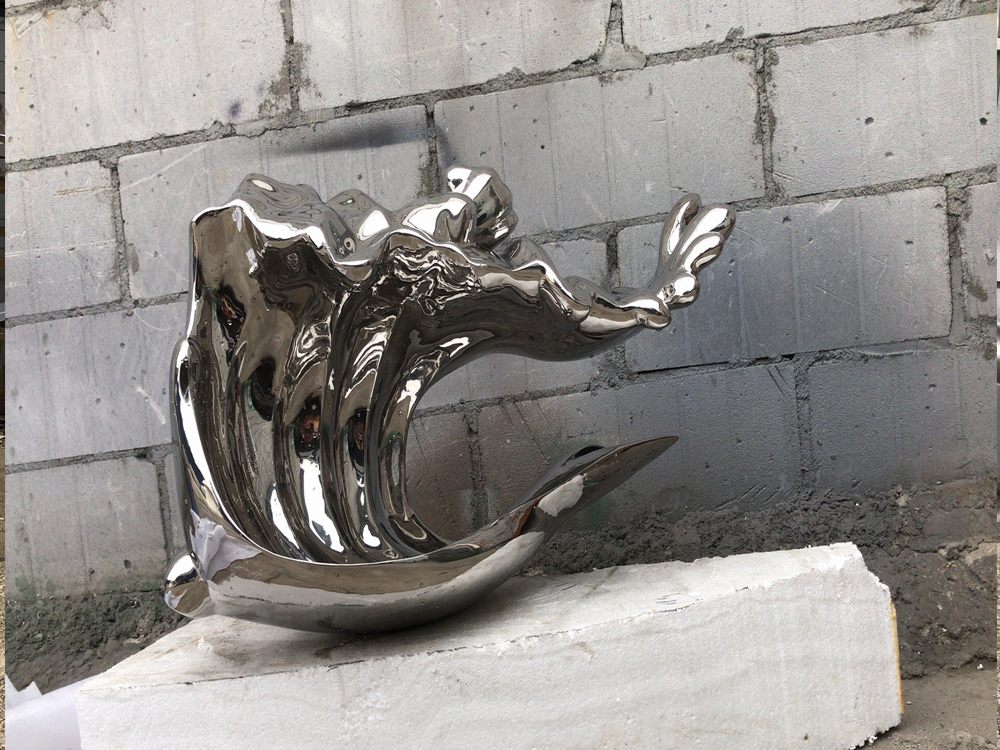
Patination, the process of creating a colored film or finish on metal surfaces, has evolved significantly over time. Traditional patination techniques often rely on natural processes, such as oxidation or exposure to environmental elements, to develop a patina over years or even decades. These methods, commonly used in bronze sculptures and architectural metals, emphasize organic, slow transformations.
In contrast, contemporary patination techniques leverage modern chemicals, heat applications, and accelerated processes to achieve desired effects quickly. Artists and conservators now use compounds like liver of sulfur, ferric nitrate, or ammonia fumes to create controlled, repeatable results. These methods allow for greater precision and experimentation but may lack the depth and subtlety of natural aging.
Another key difference lies in sustainability. Traditional techniques often involve fewer synthetic chemicals, aligning with eco-friendly practices, while modern methods may require hazardous materials. However, contemporary approaches offer versatility, enabling artists to replicate historic finishes or innovate entirely new aesthetics. Both traditions continue to coexist, each valued for their unique contributions to metalwork and art preservation.

